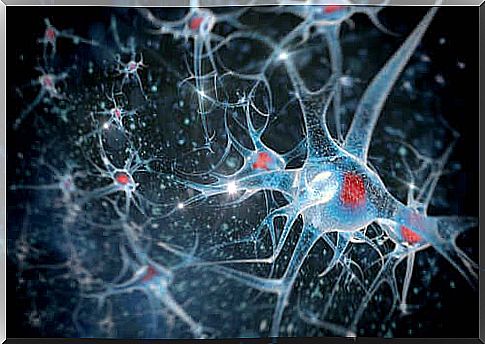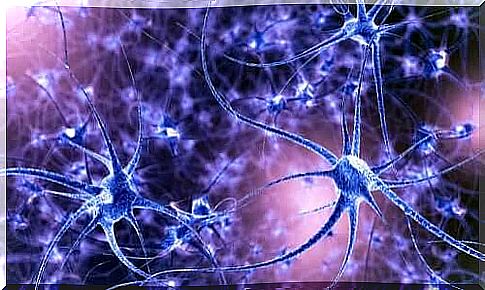Neural Synchronization Or The Brain Orchestra

In recent decades, the understanding of how the brain works has made significant strides. One of the many goals is to understand how what we perceive becomes an integrated concept or sensation. And this through billions of neurons. Today we can explain this thanks to neural synchronization.
Initially, the nervous system was viewed as a hierarchical structure. According to this theory, a group of neurons should be responsible for coding certain characteristics, transmitting this information to another group of more specialized neurons before arriving at a last neuron responsible for integrating all the information and processing it in its together.
However, such a specialization would require a considerable number of neurons. Likewise, there is another limitation to this model. How to explain in this way the different cognitive functions, such as attention or anticipation?
Another model that has been proposed more recently is called neural synchronization. This theory considers that the brain acts in a decentralized manner. Therefore, it is able to process information in parallel, activating different areas simultaneously.
Neural synchronization would then be responsible for coordinating all activities very precisely.

Neural synchronization
The coordinated activity of neurons would explain how neural groups located in different areas are dynamically and functionally linked.
In addition, neural synchronization plays a fundamental role in the effective communication of the whole brain. It can be done in different ways. By synchronizing two neurons close to each other or by synchronizing groups of neurons located in other parts of the brain.
This requires establishing a pattern of electrical activity in neuronal groups. We then speak of oscillatory activity. In other words, for neurons to be able to communicate, the input and output “windows” must open and close at the same time.
More technically speaking, action potentials occur at the same time. However, periods of uncoordinated activity are also part of neural synchronization, as they are the ones that allow the alternation of cognitive states and tasks.
Evidence
As we said, synchronization between neurons or groups of neurons is fundamental to connect different areas of the brain and to be able to carry out tasks. Language is one of the cognitive processes for which the neural synchronization of the brain has been the most studied.
In one study, people were asked to pay attention to words presented to them audibly or visually. These words were verbs, concrete or abstract words. As they were subjected to these stimuli, their electroencephalographic activity was recorded in order to calculate the degree of neural synchronization.
The results showed that verbs elicited less synchronous activity in frontal areas than nouns. And that concrete words generated more synchronization between the two hemispheres than abstract words.
On the other hand, it has been found that the interaction between people also generates neural synchronization between individuals. That is, the activity of each brain synchronizes with the other. This happens, for example, during a conversation.
New York University researcher Suzzane Dikker has been studying this phenomenon for years. Among other findings, she found that this synchronization occurs even when there is no conversation! It also seems more pronounced when people have a certain personal connection.
A similar study was carried out with a group of students from the same class for an entire school year. It was found that when students felt more motivated and had fun, their brains synchronized more with those of their fellow students.

Consequences
These findings on neural synchronization are therefore fundamental to understanding how the brain manages information. How it fits into our body and how we connect with others.
In addition, it is very important to better understand certain brain or psychological disorders. In cases such as schizophrenia or autism spectrum disorders, we have observed unsynchronized patterns of brain activity that may be related to the perception of reality or to communication.










